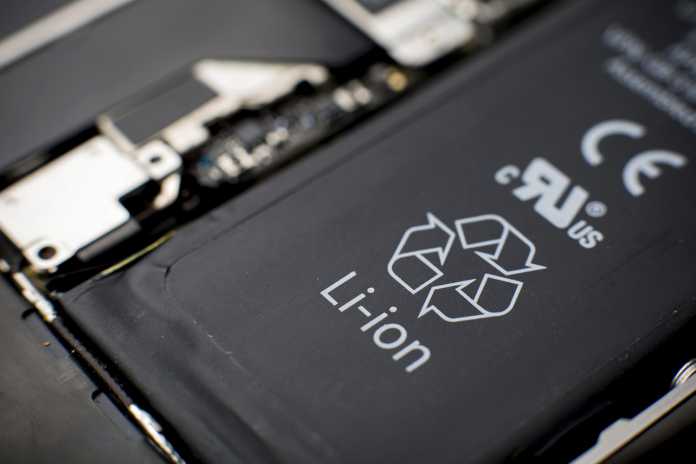Tesla has agreed to build the world’s largest lithium-ion battery storage project in South Australia. The energy-storage system will be delivered by Tesla and the French renewable energy supplier Neoen, which will be using its Hornsdale Wind Farm for the project. Neoen global COO Romain Desrousseaux told Business Insider that the battery could power 50,000 houses.
During peak hours the electricity will be supplied and Tesla’s Powerpacks will be charged by using the energy produced from the wind farm.
At a press conference in Australia, Musk announced the partnership followed by a tweet in which he said the energy storage facility will be three times bigger than any on the current market.
The partnership is the result of a bet taken in March by Tesla’s founder and CEO, Elon Musk in which he said Tesla could deliver an operational battery-powered energy system to the state that would prevent blackouts within 100 days, or it would be free. The bet still stands and once the grid interconnection agreement has been signed, the start of 100 days will then be marked.
The 100MW/129MWh battery from Tesla, is paired with Neoen’s Hornsdale Wind Farm, 230km north of the capital, Adelaide, will put South Australia at the forefront of global energy storage technology. The system will be three times more powerful than any existing system. This is not a minor foray into the frontier, but a move that goes three times further than anyone has gone before.
In September 2016, South Australia was smashed by a one-in-50-year storm that brought wind gusts exceeding 120km/h and brought down major power lines, blacking out the entire state, lasting several days in certain areas. It was then found to be largely due to unplanned power plant or transmission outages, but it triggered a political row at a state and federal level over energy security.
Hornsdale is a 315MW renewable electricity project consisting of 99 wind turbines located between 8km and 24km north of Jamestown in South Australia, about a three-hour drive North of Adelaide. The farm generates approximately 1,050,000 megawatt hours of renewable electricity to the national power grid each year.
How it Works…..
Each Tesla Powerpack has 16 layers of batteries inside, and those battery pods, as the company calls them, contain cells.
“It starts with the individual cells, which are small enough to ‘hold in your hand’, says Mark Tholke of Advanced Microgrid Solutions. They are the fundamental building blocks of a battery, and in this case, the cells are a model called 2170, and made in an enormous Tesla facility in Nevada called the Gigafactory.
Those 2170 cells are Tesla’s multi-taskers. They not only go into the company’s Powerpacks, which are designed for utility-scale usage, but also into their Powerwalls (meant for home use), and the Model 3, the company’s much-hyped production-level electric vehicle.
Each individual cell is less than 3 inches long, smaller than one inch in diameter and works much the same way any lithium-ion battery would in your smartphone or laptop. When the battery is charging, positively-charged lithium ions move from one electrode, called the cathode, to the other, known as the anode, through an electrolyte solution in the battery cell. That causes electrons to concentrate on the anode, at the negative side. When the battery is discharged, the reverse happens. As for those electrons, they move through circuits that are external to the battery, providing electricity for toasters, hair dryers, or, in this case, thousands of homes.
“We think that these batteries are a key part of the energy transition to a lower-carbon energy system,” Tholke says. “The batteries just have amazing flexibility, and the prices have come down so dramatically in recent years.” This project, he adds, highlights the fact that “the battery era is here.”































